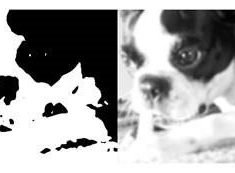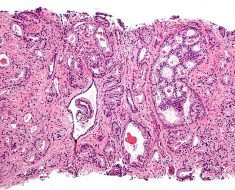Four risk prediction models have been shown to be most accurate for selecting the highest risk ever-smokers for lung cancer screening. Researchers suggest that this data can be used to inform future lung cancer screening guidelines. The findings are published in Annals of Internal Medicine.
There is growing recognition that, rather than selecting smokers for screening by using simple dichotomized risk factors, individualized risk calculations that account for certain demographic, clinical, and smoking characteristics could substantially enhance the effectiveness and efficiency of CT screening programs. As such, recent lung cancer screening guidelines from the National Comprehensive Cancer Network permit using individualized risk models to refer ever-smokers for screening. However, different models select different screening populations and it is not known how well they perform.
Researchers from the National Cancer Institute (NCI) and the American Cancer Society compared the U.S. screening populations selected by 9 risk models (the Bach model; the Spitz model; the Liverpool Lung Project [LLP] model; the LLP Incidence Risk Model [LLPi]; the Hoggart model; the Prostate, Lung, Colorectal, and Ovarian Cancer Screening Trial Model 2012 [PLCOM2012]; the Pittsburgh Predictor; the Lung Cancer Risk Assessment Tool [LCRAT]; and the Lung Cancer Death Risk Assessment Tool [LCDRAT]) and evaluated model predictions in two large U.S. cohorts. They found that the models differed widely in the number of ever-smokers they selected (7.6 million to 26 million), and there was no consensus on which ever-smokers to select for screening. These disagreements were due to the different predictive performance of the models. Four models (the Bach model; PLCOM2012; LCRAT, and LCDRAT) performed best, as measured by their ability to accurately predict risk and their ability to distinguish high-risk individuals from low-risk individuals. These models picked similar numbers of ever-smokers and showed the best agreement on which ever-smokers to select.
Source: Read Full Article





